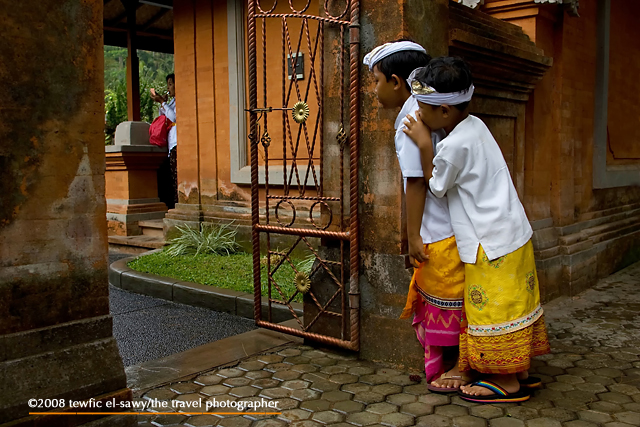 |
| Photo © Dede Pickering-All Rights Reserved |
Dede Pickering has been super busy for the past six months, having traveled to India, Cuba, Colombia, and Iceland. Having retired from the corporate world, she became a photographer, and traveled to Antarctica, Mongolia, Tibet, Nepal, Bhutan, Burma, China, Cambodia, Peru, Patagonia, Kosovo, Albania, Rwanda, New Zealand, Guatemala, Cuba, South East Asia and has made multiple trips to Africa and India.
She recently updated her website with galleries of these travels, and I chose to feature one of Cuba 2013. Influenced by the work by travel photographer Nevada Weir and others, she is a member of the Explorers Club in New York
In 1998 Dede took on a full-time volunteer position with CARE, a global private humanitarian organization, to start the Women's Initiative, aimed at connecting American women professionals with women in the developing world. She served as chair of the Women's Initiative until 2004. Under her leadership the small group of volunteers raised awareness and a minimum of $150,000 annually to benefit poor women and their families. Dede was also a CARE Trustee and a member of the advisory committee for CARE's Campaign for Education.
 :.
:.














.jpeg)